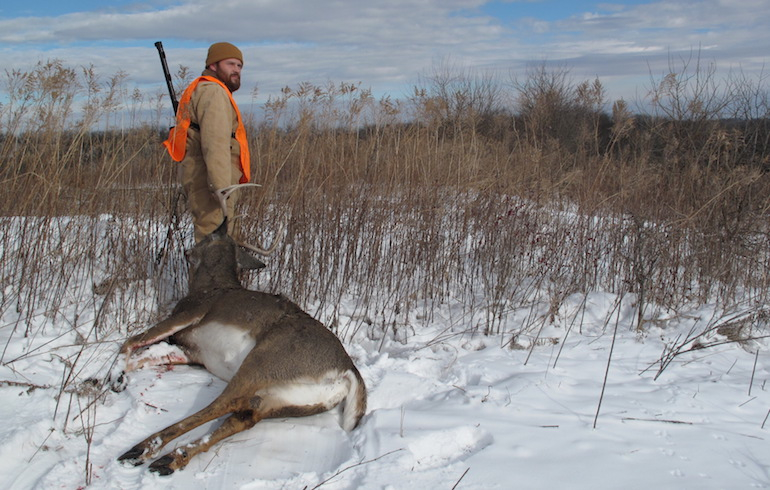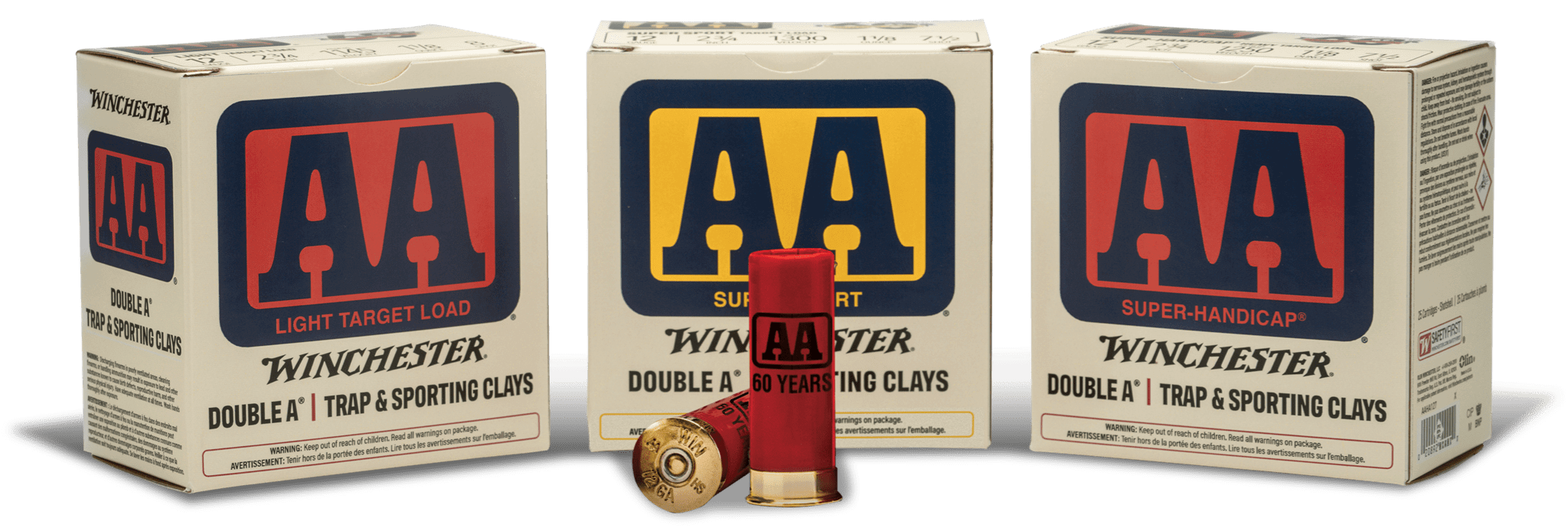Weather And Whitetails – Hunt The Fronts
It’s getting late in the season. The rut is over, deer have been pressured beyond belief and hunters with tags left to fill are feeling worn down and maybe even a little desperate.
On top of all this, weather across much of the whitetail’s range has been relatively mild to this point, another factor that does little to improve a hunter’s odds of spotting deer on the move. That is until that weather changes.

No matter where you hunt along the whitetail’s range, keep alert to approaching storm fronts. If you aren’t obsessive about weather forecasts any other time of year, be obsessive now. Few things will put deer on the hoof and moving about like a sudden 20- to 30-degree drop in temperatures; especially when accompanied by winds, rain and snow. If it’s slated to last several days, it’s all the better. Deer should move like gangbusters.
They’ll move both on the front edge and the rear edge of the storm, but your best bet is to hunt the approach. It yields the most movement by far. Whitetails can sense what is coming and know they have to feed beforehand, so be sure you’re in your best food-source stand, set up along well-worn trails leading to it from a bottleneck or thick cover and plan to spend the day, no matter how rough it gets.
Iowa outfitter Aaron Volkmar has seen some nasty storms blow through his state during the state’s late December and January seasons and when they do, he puts hunters up to the challenge in shooting houses to sit all day. With winds gusting and snow dumping, deer will move en masse in an effort to feed enough to survive the sudden blow. The key is to be there the first day the weather actually moves in so hopefully you saved a few vacation days and didn’t blow them all on the rut.
Once the pattern is set, while cold weather can certainly help, deer activity will settle back down—sometimes to near pre-storm patterns.
The exception is when truly bad weather settles in for a day or two and then suddenly lets up. Deer that have hunkered down to rough it out will stretch their legs and move to late-season food sources such as food plots planted with brassicas like turnips, rape and kale, as well as fields with either still standing or scattered waste grains. Remember, deer have been hunted hard, so they are going to stick to thick areas near these food sources to bed, so don’t go busting through thick brush near the fields or plots. Instead, slip into a stand on the edge, settle in and try to sit tight as long as you can stick it out. While field stands are generally afternoon options, when the weather is rough, don’t overlook them as they still provide some of the best food choices available and deer will pass through these open areas in search of food even in the morning.




